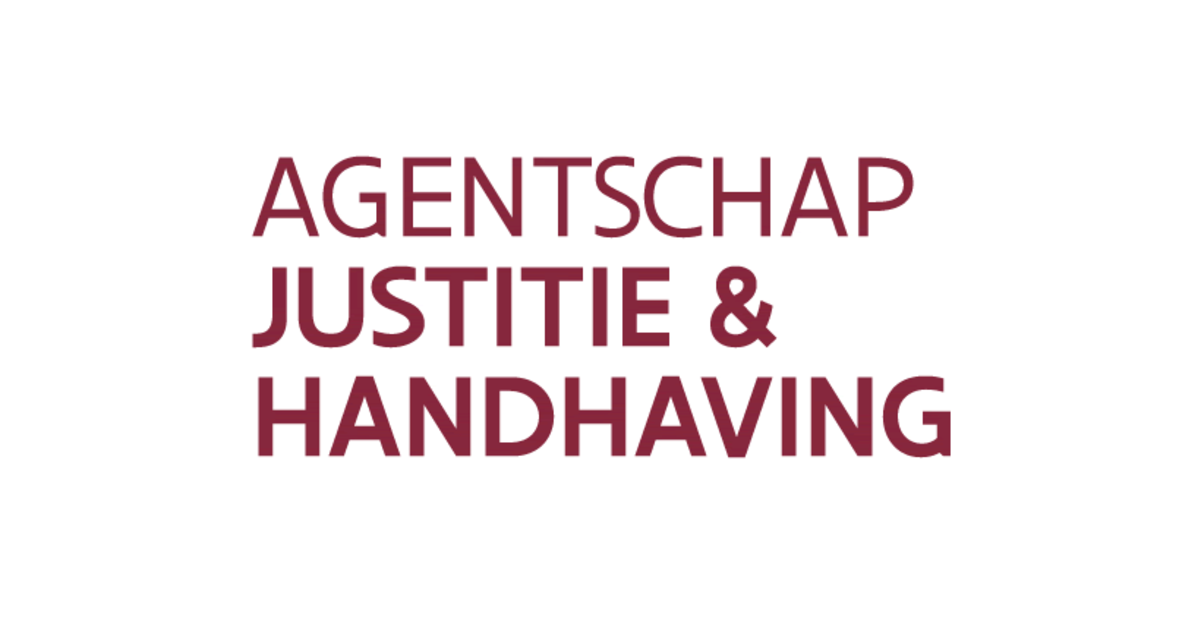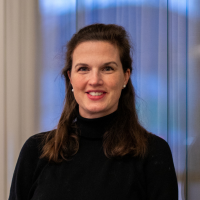Approach
The agency aimed to inspire these employees through the training and provide them with the necessary practical tools to pay extra attention to the user perspective. It also wanted to use the insights and practical experiences from the training as input for developing the new strategic plan.
The project consisted of three main phases:
-
The first phase involved starting the project and preparing the content for the training through, among other things, a brainstorming session with the client, desk research, a visit to Dendermonde prison, etc.
-
The second phase involved delivering the actual training. This consisted of physical training sessions, digital follow-up meetings and various peer review moments. Topics covered during the training sessions included ‘theoretical framework of Customer Experience’, ‘Persona Mapping’, ‘Customer Journey Mapping’, ‘Continuous Improvement’, etc.
-
The final phase was a workshop with stakeholders mainly active at the policy level. They were informed about the content of the training sessions and the participants’ feedback. Together, they then considered how the user perspective could also be incorporated into the development of the new strategic plan.
Results
Participants gained insights into various methodologies related to the user perspective. Through various exercises, they also learned to immediately apply these techniques in practice on their own projects.
Concrete actions were also listed at the policy level to actively incorporate the user perspective in the drafting, periodic evaluation and final evaluation of the (new) strategic plan.
This training and collaboration are part of the ESF project "netwerken voor re-integratie", under 'Oproep 557 Bovenlokale Netwerkorganisatie voor Gevangenissen’, receiving financial support from Europe WSE.







